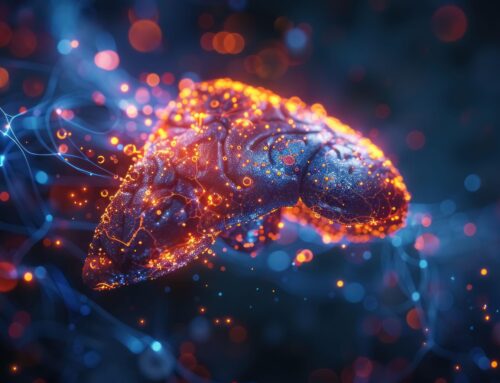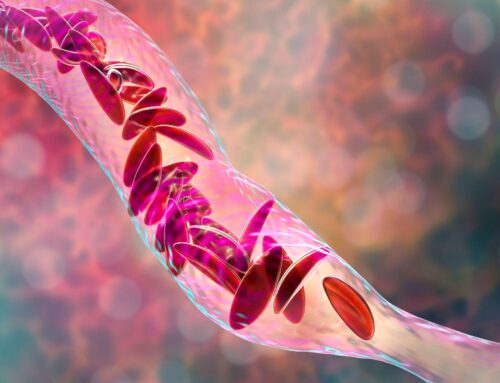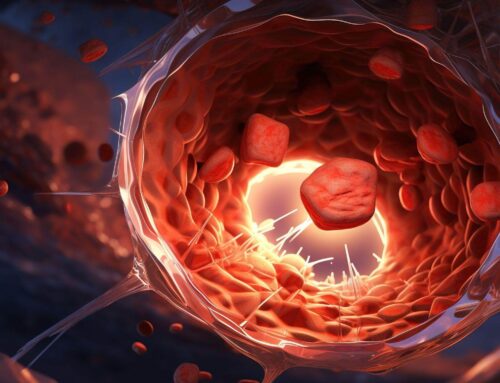Looking for something?
Non-Profits Create Next-Generation Medicines that Treat Ultra-Rare Diseases

Hundreds of millions of people worldwide are living with a rare disease. Most rare diseases do not currently have a cure. So, once diagnosed with a rare disease, most patients and their families are merely given strategies to manage the disease symptoms and try to minimize the impact on their lives. Sadly, those who receive a diagnosis are the lucky ones. A large number may search for a diagnosis for years or even decades, and some go a lifetime without ever knowing what is causing their disease. For those with an ultra-rare disease, the outlook is even bleaker, and hope of a diagnosis and treatment, let alone a cure, is unlikely to be realized – until recently. The advent of both genetic testing and oligonucleotide therapeutics is allowing the scientific and medical communities to discover the genetic cause of many of these diseases and create treatments.
We recently discussed N-of-1 Drugs for Ultra-Rare Genetic Diseases and the challenges faced by companies trying to meet these needs, as well as some of the successes in creating an N-of-1 medicine for an individual patient. It is a sad fact that these therapies are incredibly costly and, because of the tiny number of patients that have each ultra-rare disease, developing medicines is not commercially viable for companies. Yet, there are people in these companies with the knowledge and ability to create medicines to meet these needs. Recognizing the need for global alignment in developing N-of-1 oligonucleotide medicines, the Oligonucleotide Therapeutics Society initiated the N-of-1+ task force in 2019. The Task Force has since spun off a more broadly inclusive N=1 Collaborative, which will be discussed in a forthcoming post. The N=1 Collaborative’s mission is to make safe, individualized genetic medicines that are rapidly accessible worldwide. Other people have also come together and decided to form various non-profits, such as n-Lorem, to help these patients.
The Institute for Life Changing Medicines (ILCM) is another non-profit that has recently been formed to create and provide desperately needed medicines to treat ultra-rare diseases. Its launch was announced on September 2, 2021, by Dr. James M. Wilson and Alex Karnal. The leadership believes that a healthy life is a basic human right. The late Tachi Yamada, co-founder of ILCM, is credited with mightily inspiring the idea. Tachi was the biggest supporter of inclusively bringing life changing medicines to all people suffering. He felt that the Institute for Life Changing Medicines could play a critical role in bringing this therapeutic revolution to people suffering from diseases that were less common but still devastating. Under this vision, the organization will identify, develop, and promote access to life changing medicines for diseases that are not considered commercially viable.
They are attempting an interesting new model of self-sustainability. The initial program to treat Crigler-Najjar syndrome, Type 1 will be funded through philanthropic donations. The drug candidate has received the FDA’s rare pediatric disease designation and, if it is approved, the Institute is eligible to receive a priority review voucher. The Institute will then receive funds for their share of the voucher, which will then be used to fund other programs eligible for a rare pediatric disease designation. If approved, those programs will also receive priority review vouchers. Eventually, the Institute will start creating securities tied to the vouchers, promising repayments contingent on approvals, to fund even more programs, leading to a cycle of self- sustainability. Through this model, they hope to provide the medicines to patients for little to no cost.
Dr. Wilson is an innovator in the field of gene therapy and his laboratory is responsible for discovering a new family of endogenous adeno-associated viruses (AAV) which contributed to the development of Luxturna for RPE65-mediated retinal dystrophy (AAV2), and Zolgensma for spinal muscular atrophy (AAV9). While they may use AAV-based gene therapy in some programs, other approaches will also be used.
The first program, treating Crigler-Najjar syndrome, Type I (CN-1), will actually use a different approach. Crigler-Najjar syndrome, Type I affects less than 1 in 1 million newborns, with 70-100 known cases worldwide, and is caused by mutations in the UGT1A1 gene that provides instructions for making the bilirubin-UGT enzyme. Without this enzyme, the body cannot convert and clear bilirubin from the body. Thus, bilirubin builds up in the body, causing jaundice, damage to muscles, nerves, and the brain, and often leads to lethargy, other severe symptoms, and eventually death.
Just a few days after announcing the launch of ILCM, a collaboration with Moderna was also announced to develop the candidate to treat CN-1. Moderna has developed mRNA-3351, which utilizes their proprietary LNP formulation to deliver mRNA that encodes for UGT1A1. This should restore the proteins that cause Crigler-Najjar syndrome, Type I (CN-1). mRNA-3351 has been granted Rare Pediatric Disease designation by the FDA and, under the agreement, Moderna will license it to ILCM with no upfront fees, or any downstream payments and will also provide the mRNA-3351 material free of charge. Moderna’s goal is to make this mRNA therapy available at no cost to patients and “to bring new hope for patients and their families.”
Under the agreement with Moderna, The Institute for Life Changing Medicines is responsible for the clinical development of mRNA- 3351, and they plan to launch clinical studies in 2022.
In addition to Crigler-Najjar syndrome, Type I, ILCM is currently targeting two other diseases, Lesch-Nyhan Syndrome and AADC Deficiency. Specific details regarding these programs have not yet been announced.
Lesch-Nyhan Syndrome appears in 1 in 380,000 people and is caused by mutations in the HPRT1 gene. The mutations result in severe deficiency or absence of hypoxanthine phosphoribosyltransferase 1, an enzyme that recycles purines. Without it, purines are broken down but not recycled, creating abnormally high levels of uric acid. Lesch-Nyhan Syndrome also causes neurological and behavioral abnormalities, including the inability to walk, self-mutilation, and renal failure that often leads to death in the first decade or two of life.
AADC Deficiency affects around 100 people worldwide and is caused by mutations in the DDC gene. The DDC gene provides instructions to create the AADC enzyme, which helps produce dopamine and serotonin. Lack of the proper amounts of these neurotransmitters contributes to developmental delay, intellectual disability, abnormal movements, and autonomic dysfunction. The most severe form leads to death in the first decade of life.
These three diseases may not impact as many people as the average disease, but devastating harm is caused to those who are born with one of them. The Institute for Life Changing Medicines has seen the need and is willing to work to fill in the gap for these families. It will be interesting to see if the new model of a self-sustainable non-profit is successful in the long run. We can only hope that it is wildly successful and provides life changing medicines and hope to families and patients with ultra-rare diseases.
Even if every single non-profit formed to provide medicines to treat rare diseases flourishes, there is yet another hurdle to overcome. It will be vital to get the word out to Medical Centers, Physicians, and patients and their families. Since it is difficult to get an accurate diagnosis for ultra-rare diseases, people who could be treated may not obtain an accurate diagnosis and, if they do, it may come too late to create a solution in time. Therefore, the more people who are aware of the existence of non-profits like The Institute for Life Changing Medicines and n-Lorem that are able to help diagnose and develop treatments for those with ultra-rare diseases, the more likely it is that everyone who can be helped by these foundations will be. In this endeavor, we can all play a part and spread the word.








